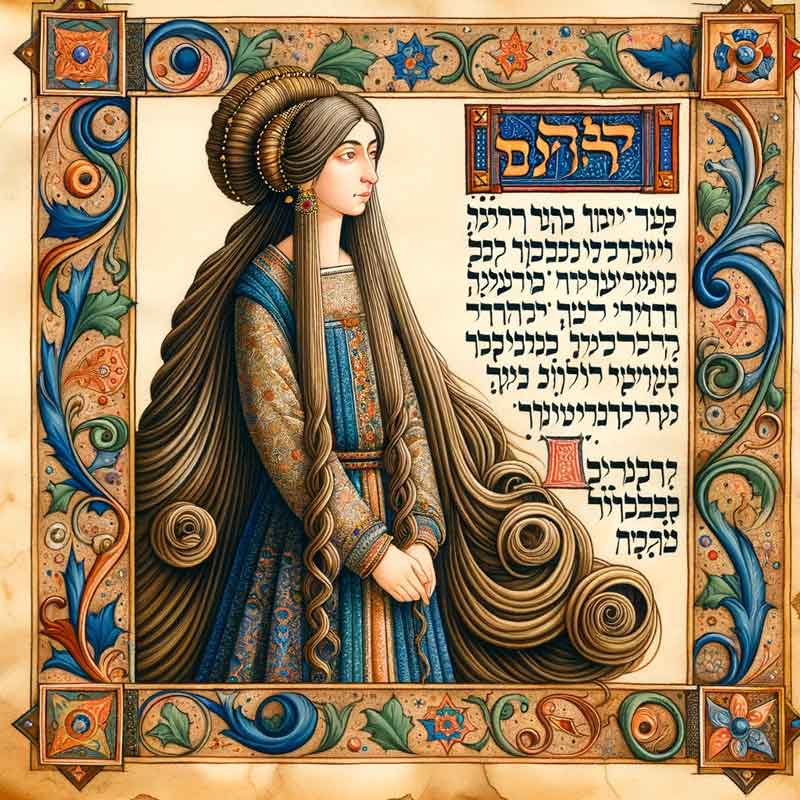From: Rebecca
Subject: Question About Orthodox Jewish Customs
Dear Rabbi Joshua,
I’m interested in understanding more about the customs of Orthodox Jewish women, particularly the wearing of wigs. Could you please explain the reasons behind this practice?
Kind regards,
Rebecca
The Concept of Hair Covering
Dear Rebecca,
Your inquiry touches upon a deeply rooted practice within Orthodox Judaism known as ‘tzniut’, which translates to modesty or privacy. The tradition for a married Jewish woman to cover her hair stems from the Torah, where it is derived from various scriptures and the interpretation of rabbinic tradition. The primary source is in the book of Bamidbar (Numbers), where the Sotah ritual describes uncovering a woman’s hair as something extraordinary and, in context, a mark of shame (Numbers 5:18).
Wigs as a Form of Hair Covering
While there are various methods of hair covering practiced, such as scarves (‘tichels’) and hats, wigs, or ‘sheitels’ in Yiddish, are a popular choice for many. Wearing a wig serves the dual purpose of adhering to the laws of modesty while allowing a woman to present herself in a manner she feels is attractive and dignified in the public sphere.
Halachic Perspectives
The permissibility and particulars of wearing a wig are subject to extensive halachic (Jewish legal) discussion. Authorities like the Shulchan Aruch codify the requirement for a woman to cover her hair, but various poskim (Jewish legal decisors) have debated the acceptability of wigs, especially those that appear like natural hair.
Societal and Personal Considerations
In addition to halachic discussions, the choice of hair covering can be influenced by community norms, personal comfort, and individual interpretation of tzniut. A wig can be seen as a compromise between the private commitment to Jewish law and the public persona one wishes to maintain.
The Inner Dimension of Tzniut
It is essential to understand that tzniut is not solely about outward appearance but is deeply connected to inner spirituality and dignity. The practice of covering one’s hair is one of many expressions of tzniut, which encompasses behavior, speech, and dress, all reflecting a life lived with consciousness of God’s presence.
Rebecca, I hope this provides you with a clearer picture of the reasons behind the tradition of wearing wigs among Orthodox Jewish women. It is a multifaceted practice that represents commitment, community, and personal identity within the framework of Jewish observance.
With warm regards and blessings,
Rabbi Joshua



